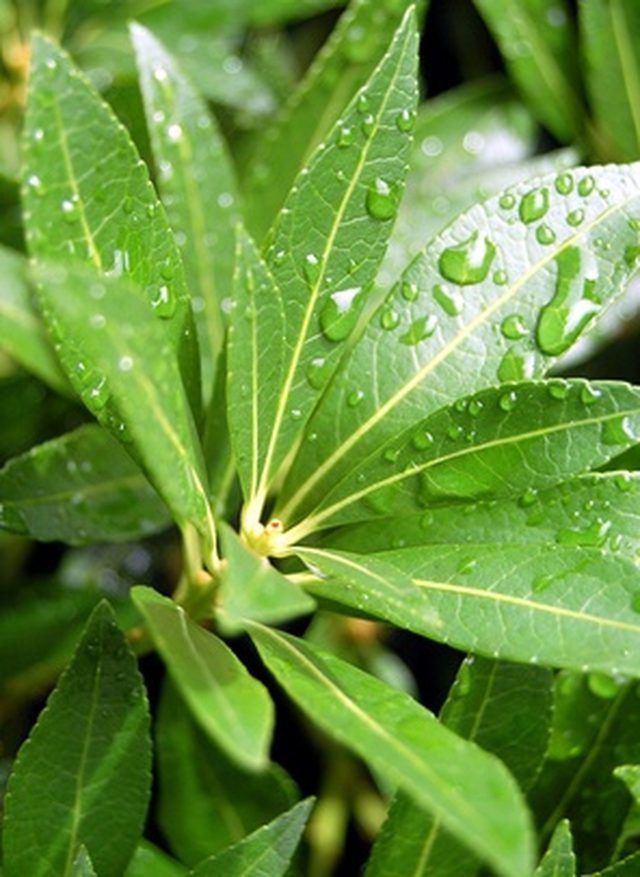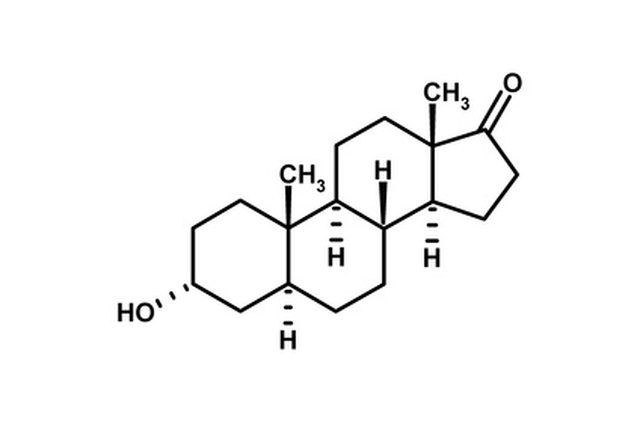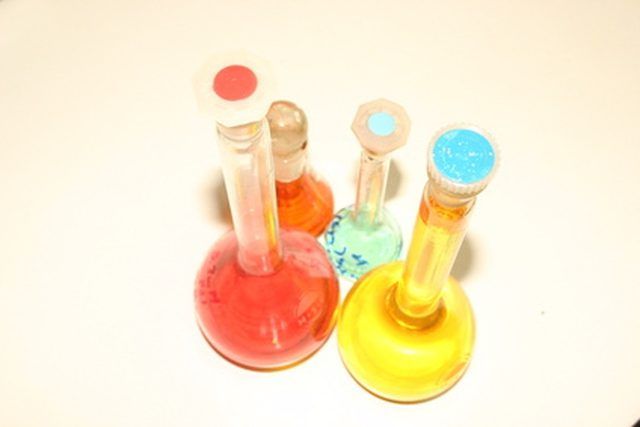Bulbs
Flower Basics
Flower Beds & Specialty Gardens
Flower Garden
Garden Furniture
Garden Gnomes
Garden Seeds
Garden Sheds
Garden Statues
Garden Tools & Supplies
Gardening Basics
Green & Organic
Groundcovers & Vines
Growing Annuals
Growing Basil
Growing Beans
Growing Berries
Growing Blueberries
Growing Cactus
Growing Corn
Growing Cotton
Growing Edibles
Growing Flowers
Growing Garlic
Growing Grapes
Growing Grass
Growing Herbs
Growing Jasmine
Growing Mint
Growing Mushrooms
Orchids
Growing Peanuts
Growing Perennials
Growing Plants
Growing Rosemary
Growing Roses
Growing Strawberries
Growing Sunflowers
Growing Thyme
Growing Tomatoes
Growing Tulips
Growing Vegetables
Herb Basics
Herb Garden
Indoor Growing
Landscaping Basics
Landscaping Patios
Landscaping Plants
Landscaping Shrubs
Landscaping Trees
Landscaping Walks & Pathways
Lawn Basics
Lawn Maintenance
Lawn Mowers
Lawn Ornaments
Lawn Planting
Lawn Tools
Outdoor Growing
Overall Landscape Planning
Pests, Weeds & Problems
Plant Basics
Rock Garden
Rose Garden
Shrubs
Soil
Specialty Gardens
Trees
Vegetable Garden
Yard Maintenance
Why is NaOH Important in Photosynthesis?
Why is NaOH Important in Photosynthesis?. Plant life, algae and some species of bacteria use photosynthesis to create their own food. In this process, plants convert carbon dioxide and water into carbohydrates using the sun's energy. Oxygen is released as a waste product from the reaction. Photosynthesis is crucial to maintain the level of oxygen...

Plant life, algae and some species of bacteria use photosynthesis to create their own food. In this process, plants convert carbon dioxide and water into carbohydrates using the sun's energy. Oxygen is released as a waste product from the reaction. Photosynthesis is crucial to maintain the level of oxygen in the atmosphere. Sodium hydroxide (NaOH) is important to photosynthesis because it can affect the rate at which photosynthesis occurs.
Photosynthesis Requirements
Some organisms take the simple building blocks of carbon dioxide, water and nutrients (nitrogen, sulfur, phosphorus, potassium, calcium and magnesium) to build complex substances such as sugars, oils and proteins. The catalyst for photosynthesis is chlorophyll, the green pigment that absorbs light energy. When adequate water, nutrients, carbon dioxide and sunlight exist, photosynthesis occurs at optimum rates. If any of these components is missing or inadequate, the photosynthesis rate is limited.

Water pH
Defined in chemistry, pH is the measure of the acidity or alkalinity of a solution. Simply, pH actually measures the hydrogen ion concentration in the solution, which relates to the propensity of those ions to react with other components. The pH scale is from zero to 14, where zero is the most acidic and 14 is the most alkaline (basic). Pure distilled water has a pH of 7.0 and is considered neutral; pH levels are important in all aspects of biology and ecology, from human fluids to plant life to oceans and lakes.

Sodium Hydroxide and pH
Sodium hydroxide (NaOH) is a strong base that will have pH values of 8 to 14. It is also called lye or caustic soda and has many industrial and commercial applications such as paper manufacturing, textiles, soaps and detergents. Sodium hydroxide is also used to neutralize acidic solutions or raise the pH of water and soil.

Effect of pH on Photosynthesis
The flow of carbon into several photosynthetic intermediates is strongly influenced by pH. If the measured pH in soil, fresh water or groundwater becomes acidic, plant uptake and photosynthesis rates decrease. Since plants use carbon dioxide as a carbon source, if the reaction rates decrease, carbon dioxide levels rise. The reaction of carbon dioxide with water produces carbonic acid, which further lowers pH into more acidic conditions. Sodium hydroxide (NaOH) raises pH levels and can affect photosynthesis rates. Conditions that are too acidic (low pH) are detrimental to photosynthesis. Sodium hydroxide can increase pH to levels optimum for maximum photosynthesis rates.

Changing the pH to Improve Photosynthesis Rates
An important relationship among alkalinity, pH and carbon dioxide exists with regards to photosynthesis rates. If the pH of the water required for photosynthesis becomes acidic, an increase in pH is important to reverse the effect. Studies have shown the optimum pH for photosynthesis to be slightly alkaline. Bases, such as sodium hydroxide (NaOH), are necessary to raise the pH to levels that are ideal for photosynthesis to occur.
